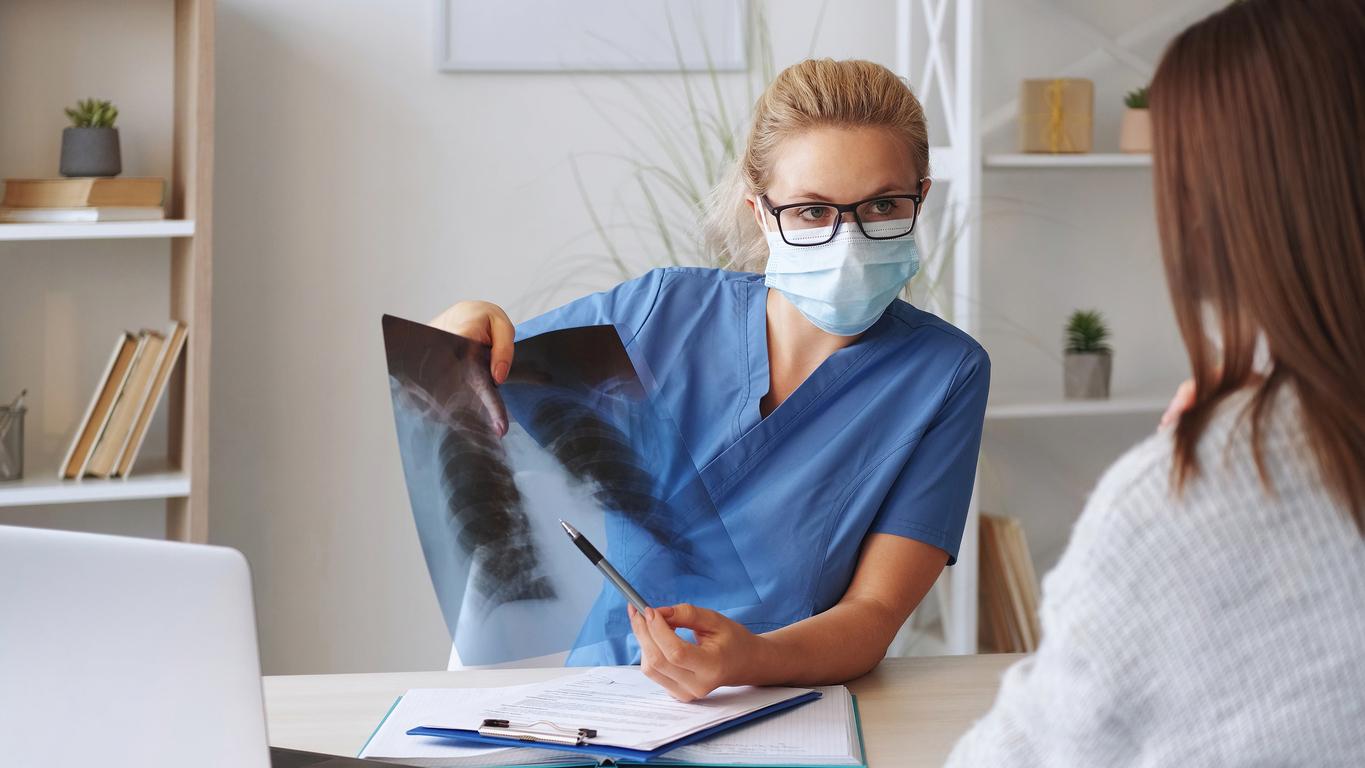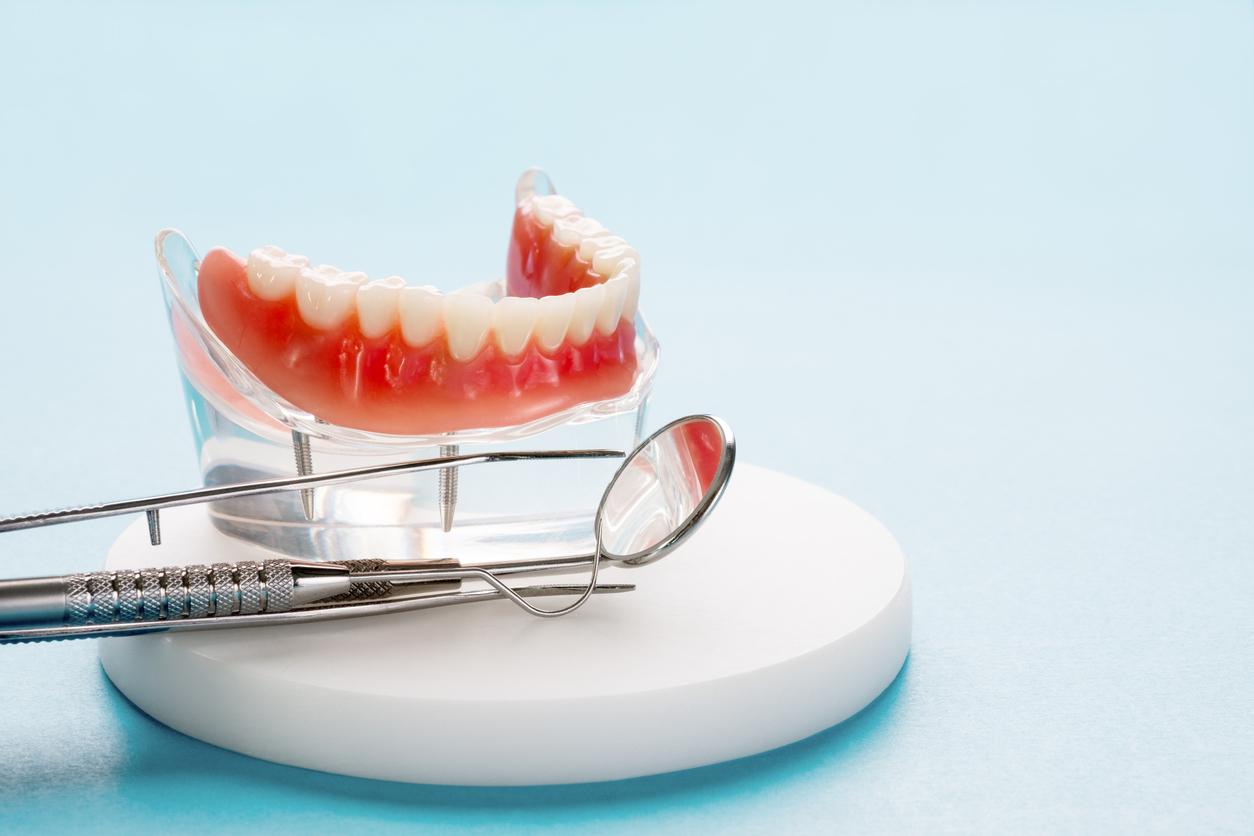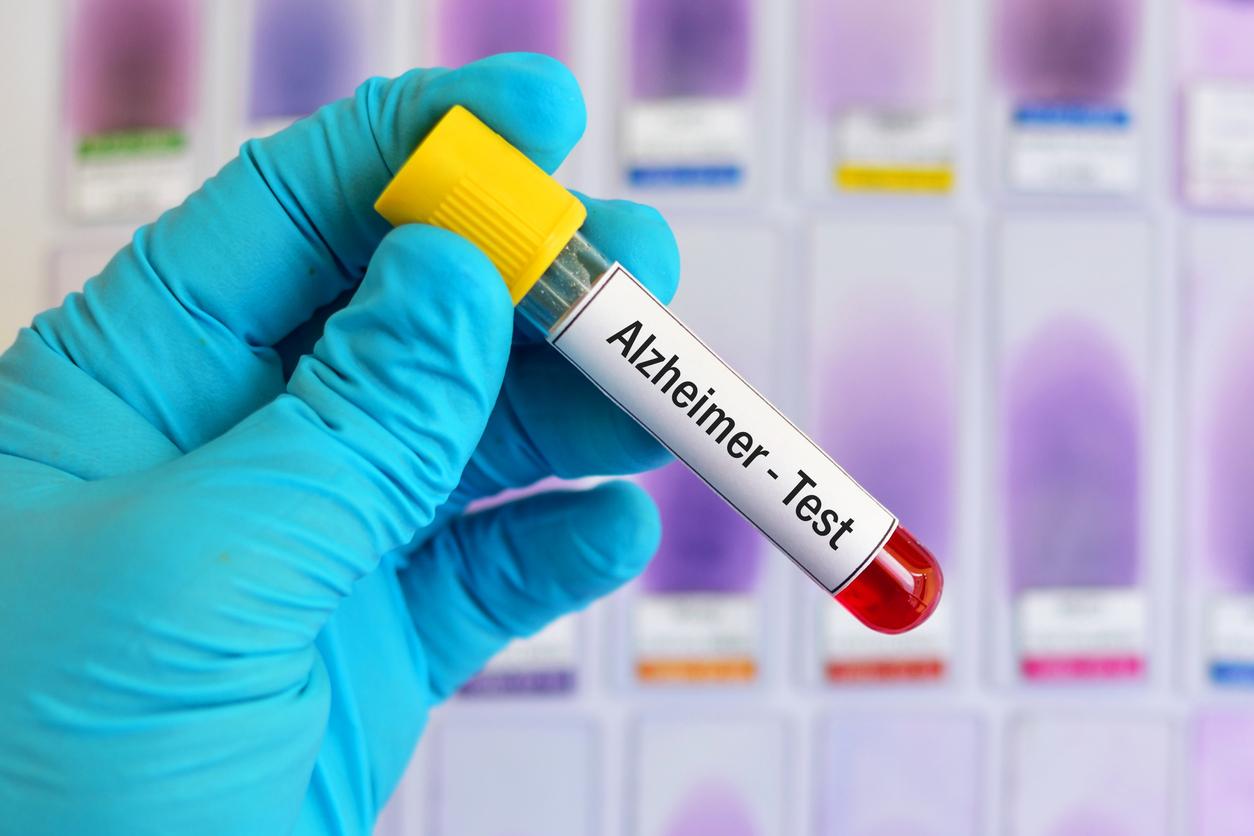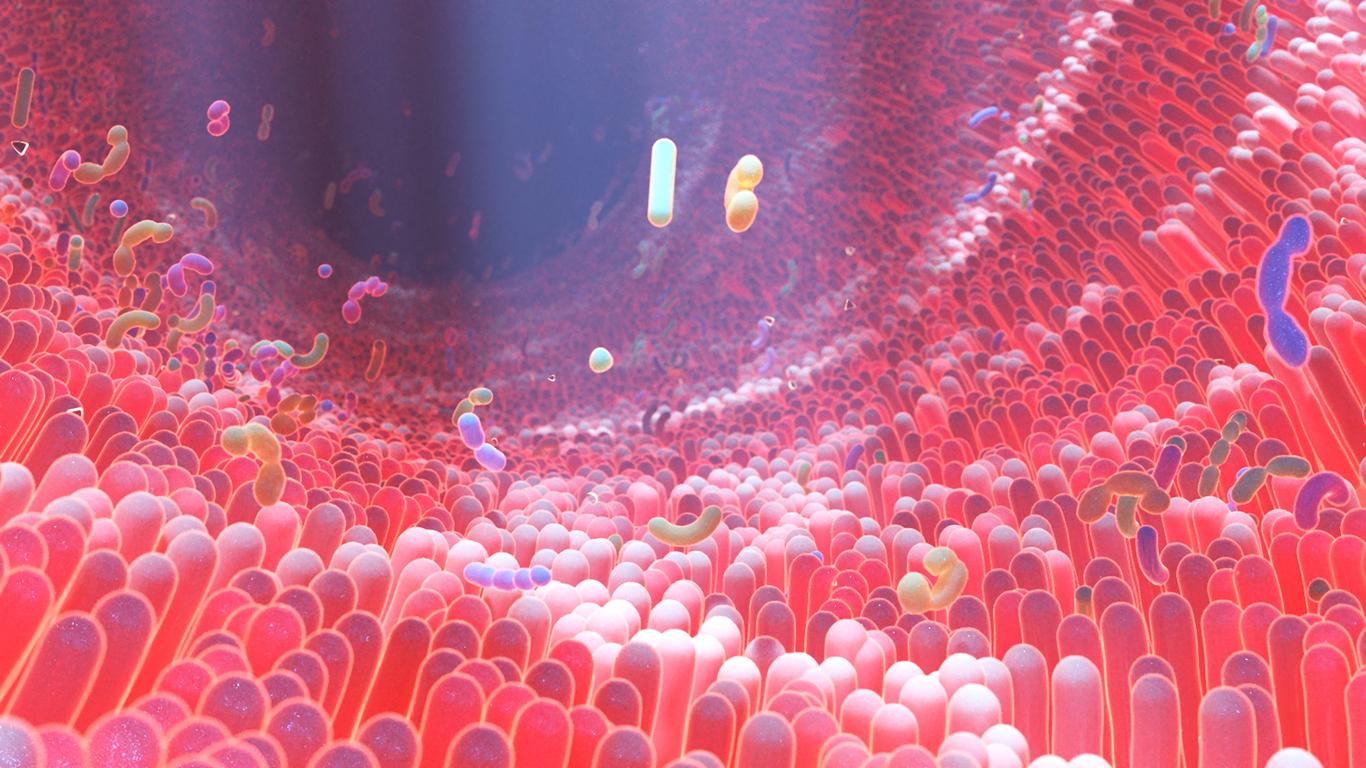Screening for Covid-19 must be carried out taking into account that the virus migrates in the body during the different phases of the disease. Explanations.
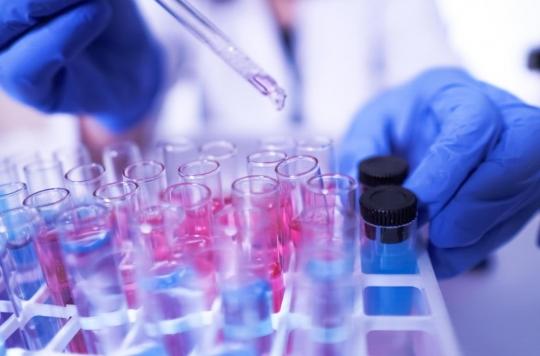
- Some patients developing severe forms of Covid-19 had nevertheless tested negative
- The way the virus navigates the body can skew test results
The youngest victim of the coronavirus in France to date was 16 years old. Julie was however tested twice negative for Covid-19, before a third test confirmed that she had indeed been infected with the virus. How and why are the test results not 100% reliable?
Sampling nasopharyngeal
Screening for Covid-19 is made possible thanks to a molecular biology test called PCR, which consists of taking a nasopharyngeal swab with a swab (a kind of large cotton swab) inserted into the nose. “The swab must be pushed down the back of the throat, beyond the line of the eyes. There is the risk of making the patient cry a little, of hurting him a little, but it is almost a success factor”says one in a video of the New England Journal of Medicine.
For the test to be reliable, it is important that the sample is taken correctly. “It’s a technical gestureexplains Nicolas Lévêque, head of the virology department of the Poitiers University Hospital. If done poorly, it can explain much of what is mistakenly attributed to ‘false negatives’.”
In addition to the quality of the gesture, it would seem that the timing of the screening is also a decisive factor. In effect, “the virus is not found in the nose throughout the different phases of the disease, recently explained on France Bleu Professor Vincent Thibault, head of the virology laboratory at the Rennes University Hospital. SOf 100 patients who test negative, it is likely that 30% of them are infected with the virus, he estimates. This does not mean that the test is not good but that we are looking for the virus in the wrong place, where it is not at all stages of the disease.”
It is even possible to obtain negative results on patients in intensive care. “In a well advanced form of the disease, that is to say after the course of 7and or 8and day, the infection enters the lower respiratory tract”confirm to France info Bruno Pozzetto, head of the virology department at Saint-Etienne University Hospital.
Bronchoalveolar lavage, the second option
At this stage, it is therefore preferable to perform bronchoalveolar lavage (BAL) by bronchial fibroscopy. LBA consists of injecting a physiological liquid heated to 37°C into the bronchi and the alveoli of the lungs.
This solution will clean the lungs and will then be aspirated by the fibroscope to be analyzed. This method is widely used to screen for diseases such as tuberculosis or bacterial pneumonia. “It is the noblest and cleanest sample to test for a lung infection.explains to our colleagues Bruno Pozzetto, because we are sure that it will not be polluted by the bacterial flora present in the nasopharynx, the tracheas and the beginning of the bronchi.”
It is therefore sometimes necessary to look for the virus elsewhere in the body, which explains why swabs from the nasopharynx are negative in a person infected with Cvid-19. “When we take a sample from the nose, we find 40% of positive casesexplained in The cross Anne Goffard, virologist at the University Hospital and at the Institut Pasteur in Lille. While when we take a deeper dive, we identify 80%” in the same people.






